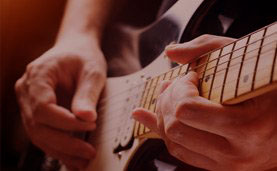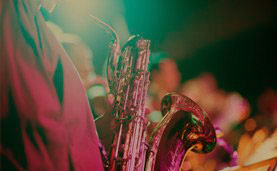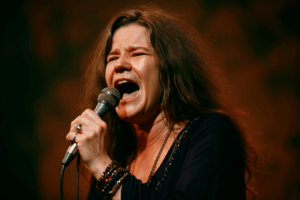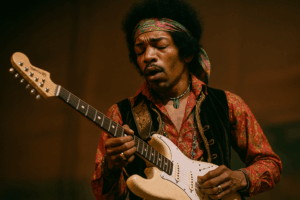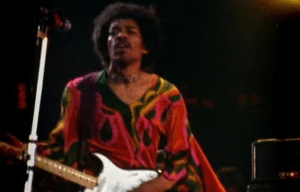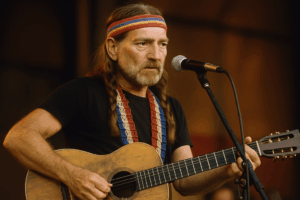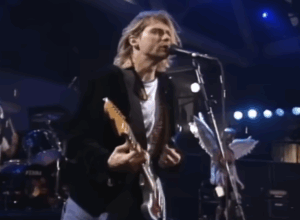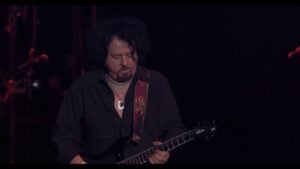Why John Lennon Was “Obsessed” With The Number 9
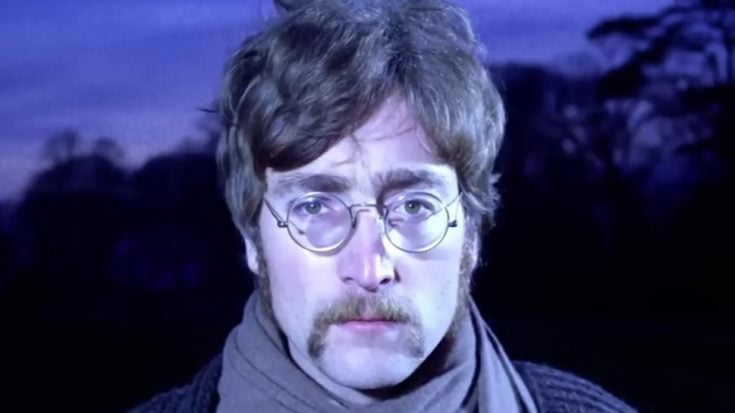
via Biographer / YouTube
John Lennon’s life and career are filled with fascinating stories, from his groundbreaking work with The Beatles to his solo efforts as a peace activist and musician. Yet one detail that continues to intrigue fans is his peculiar connection to the number nine. It wasn’t just a coincidence — the number repeatedly appeared in his personal milestones, his music, and even his legacy.
Lennon himself acknowledged that nine seemed to follow him everywhere. Born on October 9, he later noted how addresses, dates, and other details of his life often circled back to this number. While some might chalk it up to chance, Lennon’s repeated encounters with nine created a sense of mystery that fans still discuss today.
For Lennon, nine wasn’t merely trivia — it became a symbol. From his earliest songwriting to his most experimental works, the number kept surfacing in ways that shaped his artistic identity and personal mythology.
Nine as a Constant Companion
John Lennon’s childhood and early career were already marked by the recurring presence of nine. He grew up at 9 Newcastle Road in Liverpool, a detail that he himself pointed out when reflecting on his early years. Even the names of the places tied to his upbringing — Newcastle, Liverpool, and Wavertree — all contained nine letters.
The Beatles’ journey to stardom also echoed this connection. Their historic first appearance at The Cavern Club happened on February 9, 1961, and their future manager Brian Epstein first saw them perform on November 9 of that same year. A short time later, on May 9, 1962, Epstein secured their first record deal with EMI, setting the band on their meteoric rise.
These moments weren’t isolated. The Beatles’ groundbreaking debut on The Ed Sullivan Show — which introduced them to America — occurred on February 9, 1964. To Lennon, these pivotal dates reinforced the idea that nine was more than chance; it was woven into the very fabric of his destiny.
View this post on Instagram
Experimental and Symbolic
The number nine took center stage in one of The Beatles’ most unconventional works, “Revolution #9.” Unlike the band’s traditional pop hits, this avant-garde sound collage, featured on the White Album, was an unsettling mix of tape loops and experimental sounds. Among the repeated motifs was a voice saying, “Number nine, number nine,” which became central to the track’s identity.
For Lennon, this piece was more than playful experimentation — it was a way to capture the chaos and unpredictability of revolution itself. He later described it as a kind of audio painting of what he imagined upheaval would sound like. In that sense, the number nine was not just an accident but part of the composition’s thematic DNA.
Though “Revolution #9” divided audiences — some dismissed it, others found it brilliant — the track cemented Lennon’s fascination with nine in pop culture. The song’s very title reinforced how deeply the number had embedded itself into his creative psyche.
https://twitter.com/ceofjohnlennon/status/1864852619891519702
The Pattern Continues
Lennon’s solo career carried his obsession with nine into new territory. His 1974 song “#9 Dream” not only featured the number in its title but also peaked at No. 9 on the Billboard charts, as if fate was continuing the pattern. Even more curious, other iconic Lennon songs such as “Imagine” and “Give Peace a Chance” also lingered on the charts for nine weeks.
The song itself was born from a dream, which Lennon described as a casual, almost throwaway inspiration. Yet its chorus — “Ah! böwakawa poussé, poussé” — contained nine syllables, further tying the track to his recurring numerical theme. Whether consciously or unconsciously, Lennon kept returning to nine.
Looking back, Lennon often admitted that he never fully understood the significance of nine. Still, he embraced it as his number, one that seemed to follow him in both his personal milestones and his creative works. For fans, this mysterious fixation has become part of Lennon’s enduring legend, ensuring that the story of nine lives on as strongly as his music.

